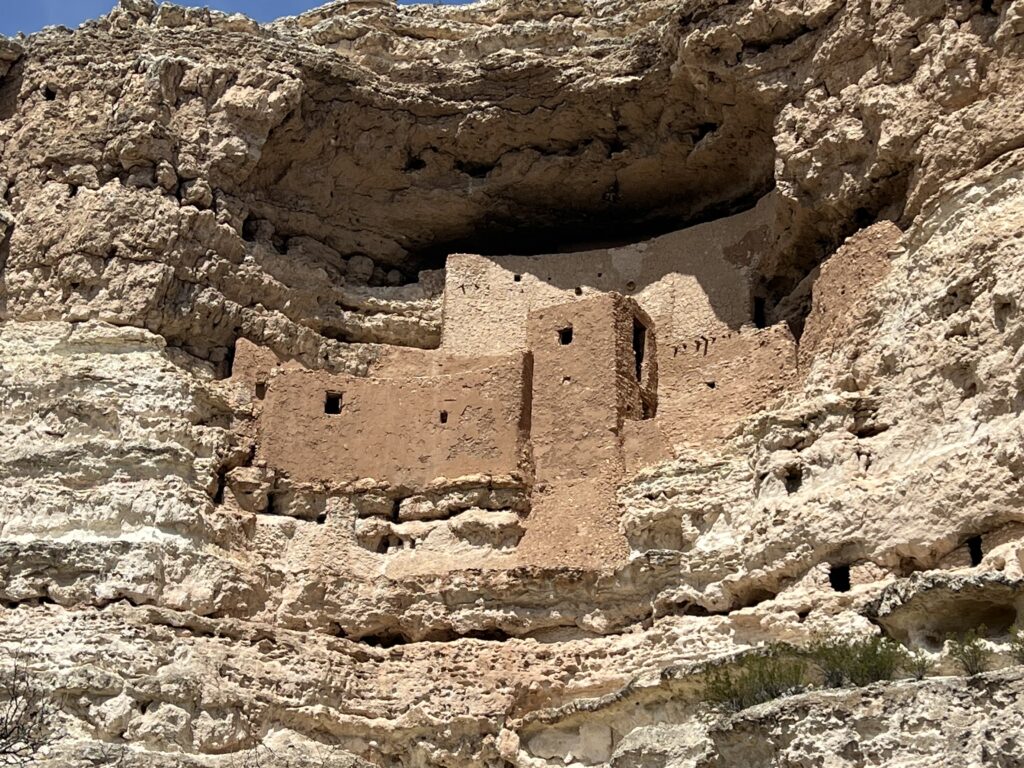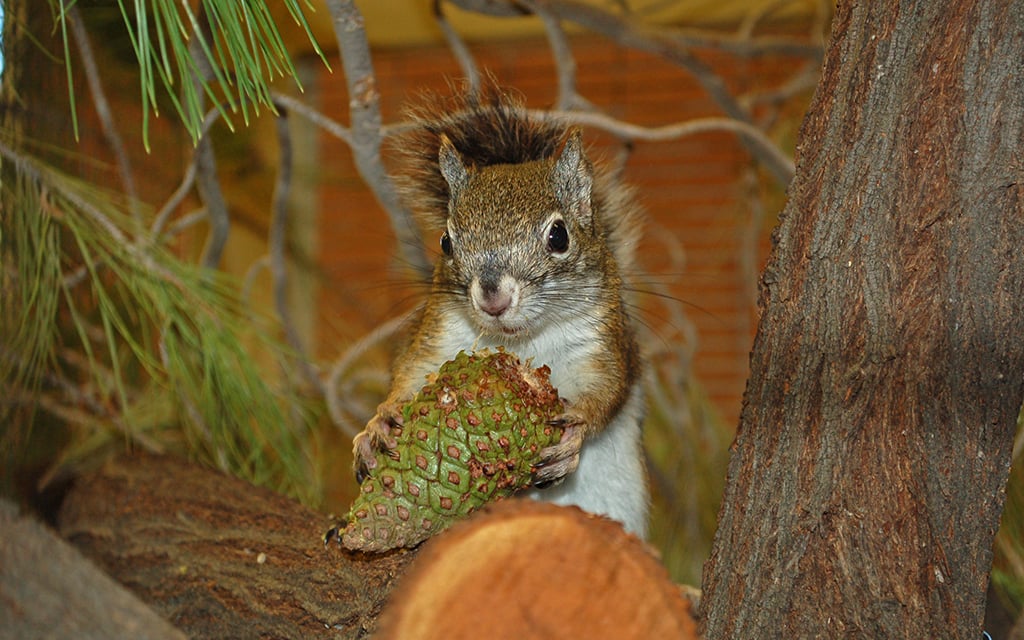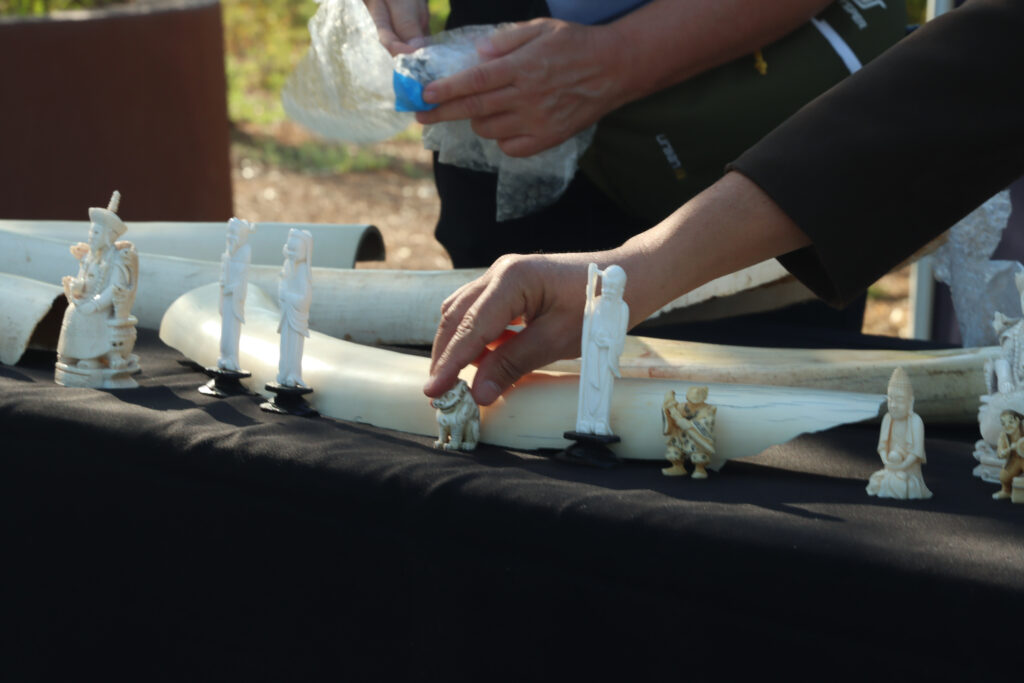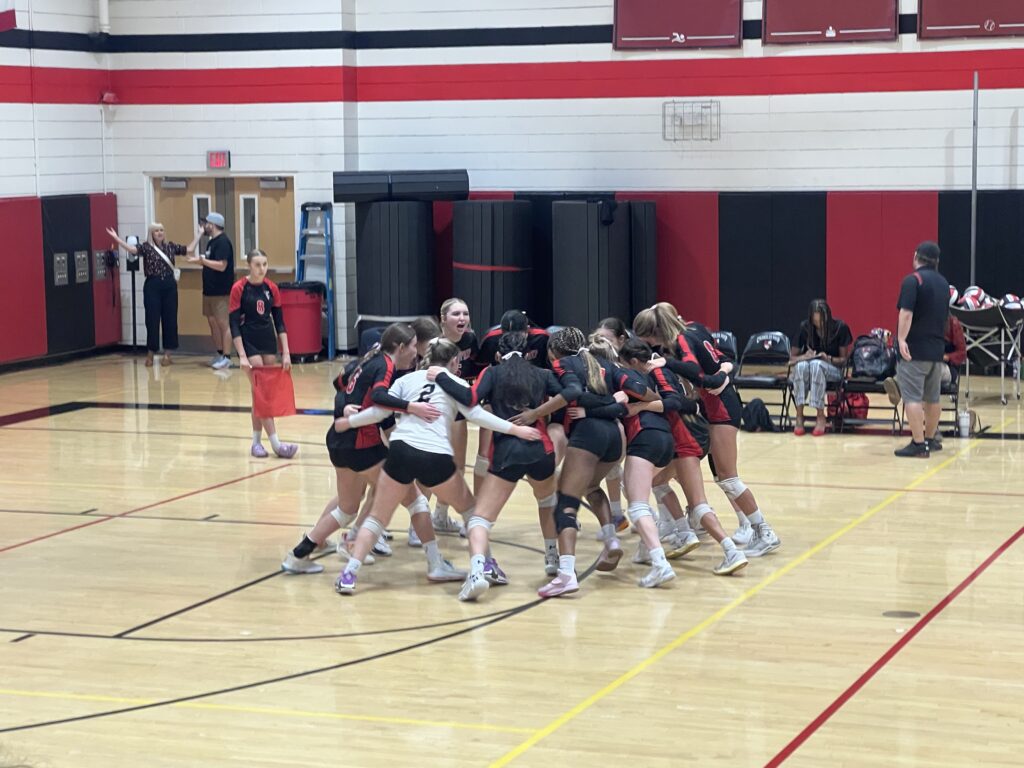Thanks to new Archeological Discoveries Arizona’s Native History is Being Rewritten.
Located in the geographical center of Arizona and 30 meters up a vertical cliff face, is the 45-room pre-Columbian structure named Montezuma Castle National Monument.
Since the 1930s it has been told that the ancient Sinagua people of the Verde Valley left their civilization for unknown reasons, but current-day archeological data provides evidence that challenges that original hypothesis.
It was reported by the original archaeologists Earl Jackson and Sallie Peirce in 1934 that after the site’s abandonment, a large fire raged through the Verde Valley, resulting in burns and charred soil on the insides of the castle rooms.
Since 2015 the National Park Service (NPS) has been thoroughly researching the site, using 21st century technology and collaboration with Native tribes to find that not only was the castle occupied during the time of the fire, but that violence may have been the cause for both the fire and abandonment.

“I don’t remember a time oral history matched up so well,” said National Park Service Archeologist Matt Guebard. “It’s all right there, it just has to be incorporated.”
Guebard led a 2015 NPS expedition into the rooms of Montezuma Castle and the ruins of nearby Castle A to perform numerous archeological tests in order to fill the holes left by Jackson and Peirce in the 1930s.
In the original hypothesis, Jackson and Peirce based their claims only on eye examinations of loose sediment and the limestone stratifications around the site. The NPS considered this data accurate for over 75 years, as it was the most advanced technology available to archaeologists at the time.
Modern-day technology like archaeomagnetic dating has the ability to pull magnetic metal from the rocks and soil in the area to test the last time the rock has been heated or set on fire, giving archeologists evidence of last use.
Guebard utilized archaeomagnetic dating during his times at Montezuma Castle, pinpointing that the fire had burned through the site during the years 1375-1395, which is the same time the NPS says the Sinagua unknowingly left the Verde Valley.
This prompted the NPS to reexamine human remains from the site that were found with traumatic injuries and evidence of burns. It also allowed them to date lots of the pottery and basketry left in the rooms, finding that they all were present during the same 20-year time period Guebard discovered the real dates of the fire.
Using the data obtained from his trips inside the rooms, Guebard was able to accurately hypothesize in his research paper that a fire burning the inside of the walls could have only been started intentionally and likely stemmed from violence in the area.
But when examining the history of Native American sites, many archeologists rely on correlations between both the archaeological data and the oral history and tradition from the Natives that have been passed down through centuries.
The ancestors of three present-day tribes were involved in the conflict at Montezuma Castle, the Apache, Hopi, and Yavapai nations. All three of the tribes were contacted by Guebard to tell their story to the NPS and came together at Montezuma Castle to do so.

The stories from the tribes all shared major similarities and contained very little differences to each other according to Guebard, but the oral history and stories told by the tribes also aligned with the archaeological data found.
Jackson and Pierce never held consultations with native representatives to piece together the history of the site, making Guebard’s work at Montezuma Castle the first to successfully connect the oral history from the Native Tribes and the archaeological data collected.
With all the evidence supporting the correction of ancient American history done by the National Park Service, the museum history still states that the residents of Montezuma Castle and the Verde Valley mysteriously left for reasons unknown.
Corrections will be coming soon as Montezuma Castle Volunteer Pam said, “We will be updating the weaving and tools area with more artifacts.”
Guebard says Montezuma Castle will be seeing museum renovations with updated history compiled from his years of work at the National Monument to bring a larger focus on Native history.
“We were supposed to start in June, but I think they pushed it back to January,” said Montezuma Castle Ranger Bryant.
This article was written for a News Reporting and Writing class at Arizona State University.




